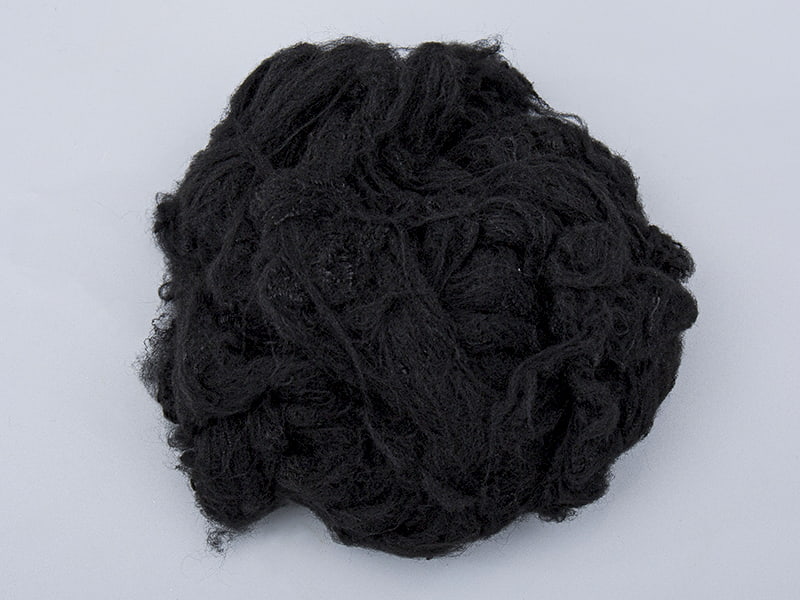 2025.06.05
2025.06.05
 Industry Information
Industry Information
In the constantly evolving landscape of materials science, nonwovens for laminated applications have emerged as a transformative force, reshaping the way products are manufactured across numerous industries. These specialized nonwoven materials, when integrated through lamination, offer a unique combination of properties that meet the diverse demands of modern consumer and industrial needs.

The development of nonwovens for laminated applications has been propelled by significant technological breakthroughs. New manufacturing techniques are enabling the production of nonwoven materials with enhanced characteristics. For instance, advanced fiber - bonding methods are creating nonwovens with superior strength and durability. These methods include thermal bonding, chemical bonding, and mechanical entanglement, which can be precisely controlled to achieve the desired properties of the nonwoven base material.
In addition, the use of nanotechnology in nonwoven production is opening up new possibilities. Nanofibers can be incorporated into nonwovens for laminated applications, providing unique features such as increased surface area, improved filtration efficiency, and enhanced barrier properties. When laminated with other materials, these nanofiber - enhanced nonwovens can create composite structures that are highly effective in applications like air and liquid filtration systems.
Another key innovation is in the area of lamination processes. New adhesive systems and bonding technologies are allowing for stronger and more reliable lamination of nonwovens with a variety of substrates. This includes the development of hot - melt adhesives that can bond nonwovens to plastics, films, and fabrics quickly and effectively, ensuring a seamless integration of materials.
The versatility of nonwovens for laminated applications has led to their widespread adoption across multiple industries. In the packaging sector, laminated nonwovens are being used to create high - performance packaging materials. These materials offer excellent barrier properties against moisture, oxygen, and light, which helps in preserving the quality and shelf - life of products. For example, in the food packaging industry, nonwovens laminated with plastic films are used to package fresh produce, baked goods, and snacks, providing protection while also being lightweight and cost - effective.
In the automotive industry, nonwovens for laminated are playing a crucial role in interior applications. Laminated nonwovens are used for upholstery, headliners, and door panels. They not only provide a comfortable and aesthetically pleasing surface but also offer acoustic insulation, reducing noise levels inside the vehicle. Moreover, in automotive filters, nonwovens laminated with other materials are used to trap dust, dirt, and other contaminants, ensuring clean air and fuel for the engine.
The construction industry has also embraced nonwovens for laminated applications. In building membranes, nonwovens laminated with waterproof films are used to prevent water penetration while allowing for vapor transmission. This helps in maintaining the structural integrity of buildings and preventing issues like mold growth and moisture - related damage. Additionally, in geotextile applications, laminated nonwovens are used to stabilize soil, filter water, and separate different layers in construction projects.
The market for nonwovens for laminated applications is experiencing significant growth, driven by several trends. The increasing demand for sustainable and eco - friendly materials is a major factor. Manufacturers are now developing nonwovens from recycled fibers and using water - based adhesives in the lamination process, making the overall product more environmentally friendly. Consumers are also more inclined to choose products made with sustainable materials, which is boosting the adoption of these green nonwovens for laminated applications.
Another trend is the growing focus on customization. Industries are looking for nonwovens for laminated that can be tailored to their specific requirements. This has led to the development of specialized nonwoven products with customized properties, such as specific strength levels, permeability rates, and surface finishes.
Looking ahead, the future of nonwovens for laminated applications is bright. Continued research and development will likely lead to the creation of even more advanced nonwoven materials and lamination techniques. We can expect to see nonwovens for laminated being used in emerging fields such as wearable technology, where they can be integrated with electronic components, and in the medical sector for advanced wound dressings and surgical textiles.
In conclusion, nonwovens for laminated applications are at the forefront of material innovation, driving change across multiple industries. With ongoing technological advancements, expanding applications, and favorable market trends, these materials are set to play an even more significant role in the future of manufacturing and product development.